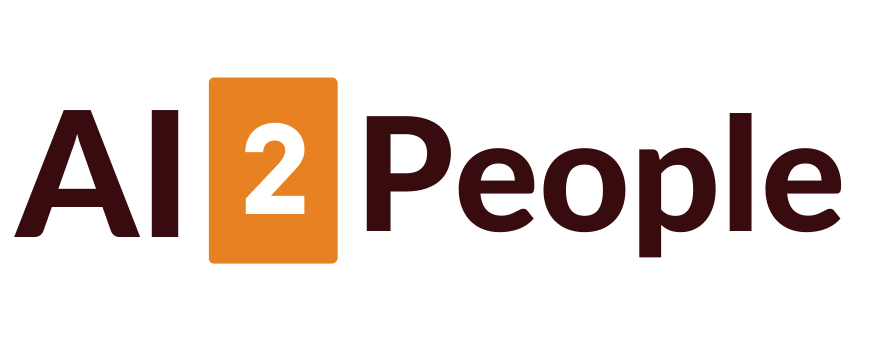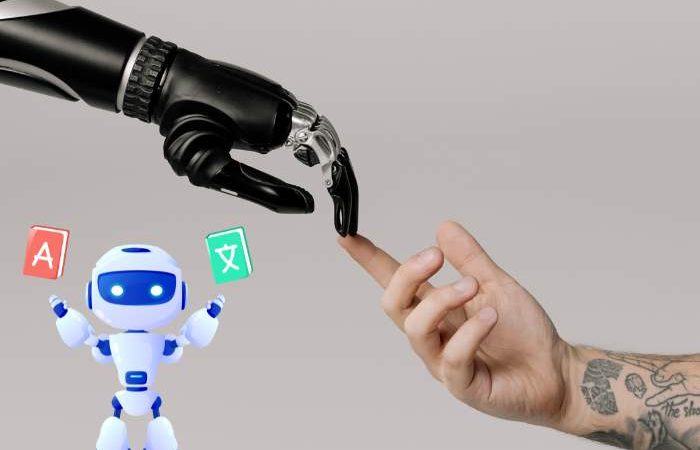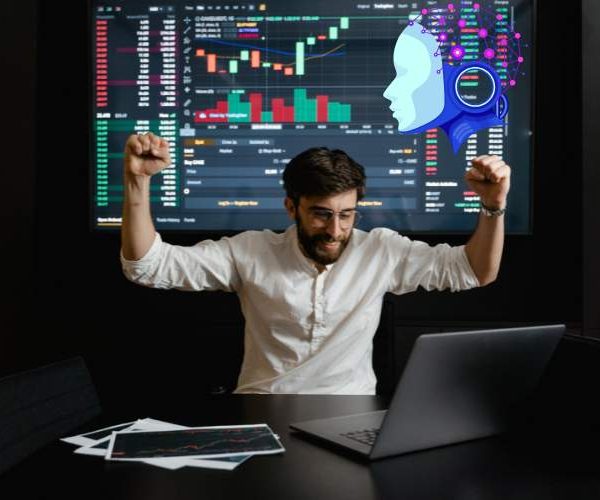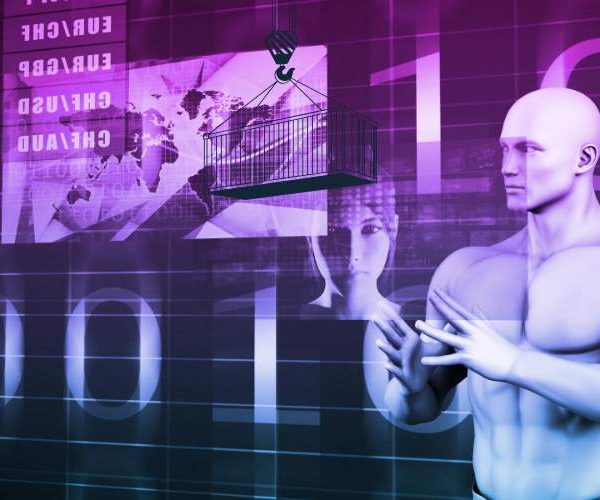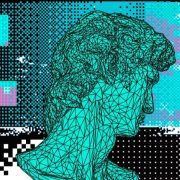
The Ethics of Unfiltered AI: Are We Entering a New Era of Digital Freedom or Exploitation?
Right, so let’s get this out in the open — AI is no longer just about task automation or robotic chat support. It’s now a raw, expressive, creative beast. And like any beast let off the leash, it’s got people divided. Are we finally embracing true digital freedom, or are we walking blindly into a hotbed of misuse, exploitation, and emotional disconnection?
This post isn’t some stiff academic debate. It’s a walk through the real-world ethical crossroads we’ve found ourselves standing at — AI that creates unfiltered, uncensored content. From hyper-realistic visuals to voice-enabled digital fantasies, this isn’t sci-fi. It’s now.
🍷 From Pixels to Provocation: What Is “Unfiltered AI” Anyway?
You’ve probably seen the headlines, maybe even experimented a little. AI tools today can generate insanely accurate images, videos, and voices — and the unfiltered ones? They don’t hold back. There’s no censorship, no morality switch, just pure user intent being translated into content.
Tools like an uncensored AI video generator from photo no watermark let users create hyper-realistic scenes without that nagging watermark — no gatekeepers, no branding, no limits. But with that freedom comes a messy question: should everything we can do… be done?
🤔 The Art vs Ethics Dilemma: Is It Just “Expression”?
On the one hand, creators are rejoicing. Artists, adult content creators, roleplayers, even filmmakers — they’ve been restricted for years by platforms that love to censor under the guise of “community guidelines.” Unfiltered AI offers a way out.
For example, platforms offering an ai video generator from text without login unfiltered make content creation wildly accessible. No logins, no restrictions, no identity tracking. Sounds liberating, right?
Well, yes — until you consider the darker flipside.
What happens when deepfakes get better than our own memory? When someone uses these tools to create revenge content, fake interviews, or scenarios no one consented to? At that point, are we still in the realm of art, or just modern exploitation with a digital coat of paint?
🔊 Adding Voice to the Mix: Deeper Immersion or Deeper Trouble?
This is where it gets both fascinating and eerie. With the rise of tools like an nsfw ai video generator with voice, the line between fantasy and reality becomes almost non-existent. Users aren’t just watching content — they’re talking to it, being talked back to, and often developing emotional bonds with these digital avatars.
And no, it’s not just lonely blokes in basements. Gen Z and Gen Alpha are growing up alongside these tools. They’re using them to explore identity, intimacy, and yes, pleasure — often in safe, controlled environments. But again… what’s safe when there’s no oversight?
There’s no parental control, no ethics review board, just algorithms giving people what they ask for — and learning to do it better each time.
🎭 Who’s Responsible? Spoiler: No One, Yet Everyone
The decentralised nature of these tools — especially something like an unfiltered ai video generator from existing image nswf — means anyone can use them. There’s no central authority to moderate what’s appropriate or legal. It’s like handing out nuclear codes without asking for ID.
So who’s at fault when something goes wrong?
- The developer? “I just built the tool.”
- The user? “I was just expressing myself.”
- The platform hosting it? “We don’t store any data.”
It’s a tech version of “not it!” and it’s not good enough. With great power comes great… well, you know.
💬 Let’s Be Real: What’s the Actual Solution?
Alright, breathe. Not everything is doom and gloom.
Here’s where we can steer this ship with a bit of grace:
- Transparency in Development – AI platforms need to make it clear what their tools can and cannot do. Users deserve informed choice.
- Digital Literacy Campaigns – People, especially younger users, need to understand what these tools are really doing behind the scenes.
- Community-Led Moderation – Instead of top-down bans, empower users to flag misuse — kind of like Reddit’s upvote/downvote culture.
- Ethical AI Labs – More indie developers are popping up with open-source alternatives. The key? Build with values baked in from day one.
Also, here’s a cheeky idea: what if AI creators were required to watermark content invisibly, just for traceability in legal cases? We don’t need censorship — just accountability.
🚪Final Thoughts: Welcome to the Wild, Weird Future
We’re standing on the edge of a creative revolution that’s both exhilarating and slightly terrifying. Think about it — you can now create your own fantasy, with voice, visuals, and zero filters. That’s power. But how we wield it? That’s where ethics comes in.
As much as I love the potential here (and trust me, I’ve gone down several rabbit holes testing these tools), we’ve got to keep asking the tough questions. What are we building, and more importantly — who are we becoming in the process?
